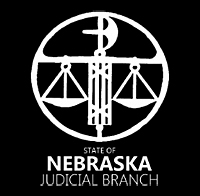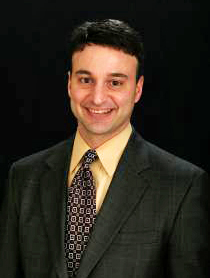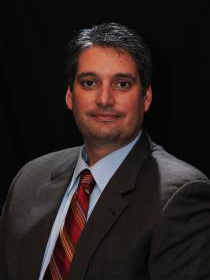 Adelson, Testan, Brundo & Jimenez (ATB Law) believes in and supports diversity, not only by recognizing the value of differences between individuals, but also by supporting a culture of inclusiveness within the firm and with our clients.
Adelson, Testan, Brundo & Jimenez (ATB Law) believes in and supports diversity, not only by recognizing the value of differences between individuals, but also by supporting a culture of inclusiveness within the firm and with our clients.
We believe that any form of diversity helps strengthen an organization and community, but at ATB we take our commitment to diversity a step further and it’s reflected in our wonderful staff. Adelson, Testan, Brundo & Jimenez attorneys, associates and support staff represent a huge variety of different backgrounds and can offer services in all of the following languages:
|
Afrikaans
|
French
|
Korean
|
Spanish
|
|
Arabic
|
German
|
Mandarin
|
Swedish
|
|
Armenian
|
Greek
|
Marathi
|
Taiwanese
|
|
English
|
Hindi
|
Punjabi
|
Urdu
|
|
Farsi
|
Italian
|
Russian
|
Vietnamese
|
Adelson, Testan et al. also believes that diversity is more than language and culture. Diversity encompasses all backgrounds, beliefs, experiences, and worldviews. We recognize and value all different types of diversity, including that of race, sex, age, sexual orientation, and even personal interests.
One of the ways that we encourage inclusiveness for all groups is through community outreach programs and support. The organizations our firm supports are as diverse as Adopt a Fire Station, Cerritos College Women’s Soccer, and the Southern California Latvian School, just to name three of among over 100 programs to which Adelson, Testan, Brundo & Jimenez has contributed.
Adelson, Testan, Brundo & Jimenez actively supports diversity throughout our firm with our recruitment efforts and by offering internal mentoring programs and diversity trainings. This not only enhances our ability to serve clients but also enables us to connect more closely with them and with the communities in which we live and work.
Our firm embraces diversity in all of its many forms, in our office and in our communities. Adelson, Testan, Brundo & Jimenez believes that on a macro level, diversity makes the world a more enriching place for all. On a more local level, diversity strengthens the community by incorporating different ideas, viewpoints, and backgrounds. And at Adelson, Testan, Brundo & Jimenez, diversity makes us a stronger firm.






























